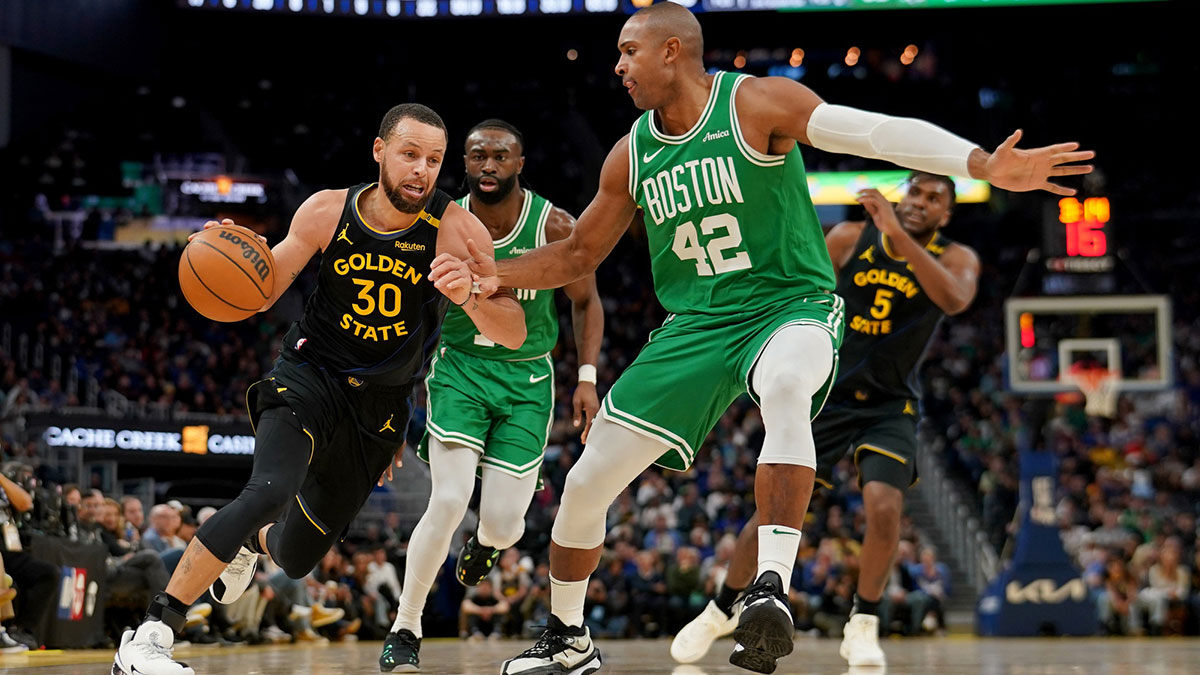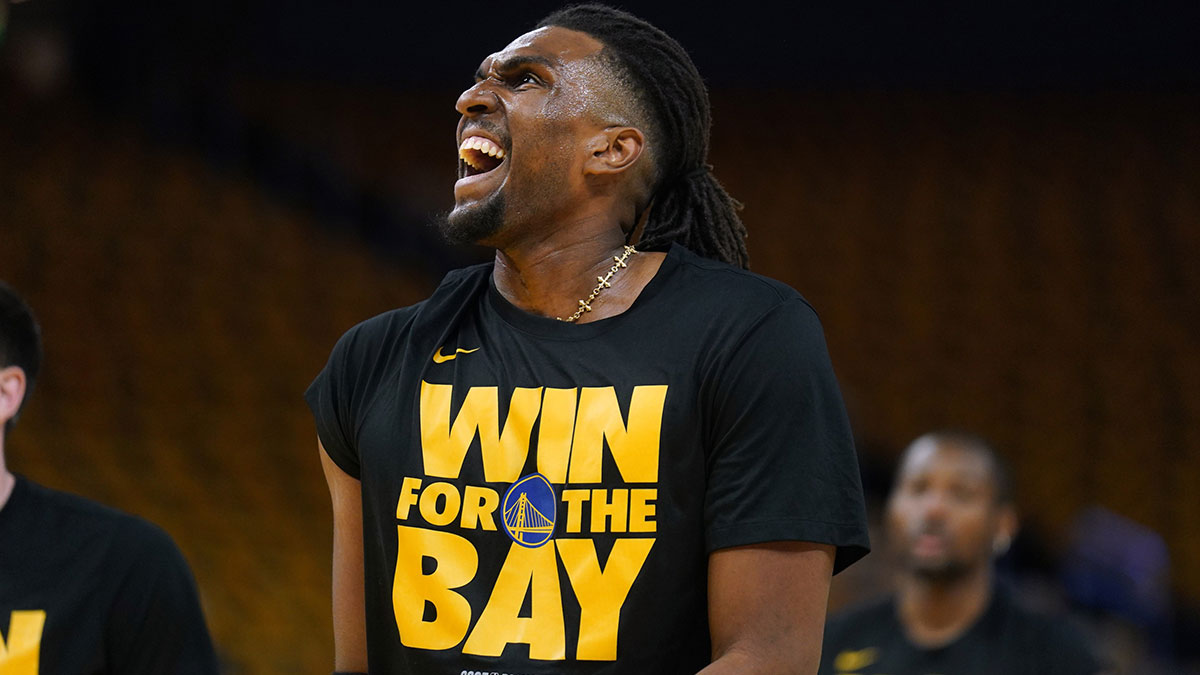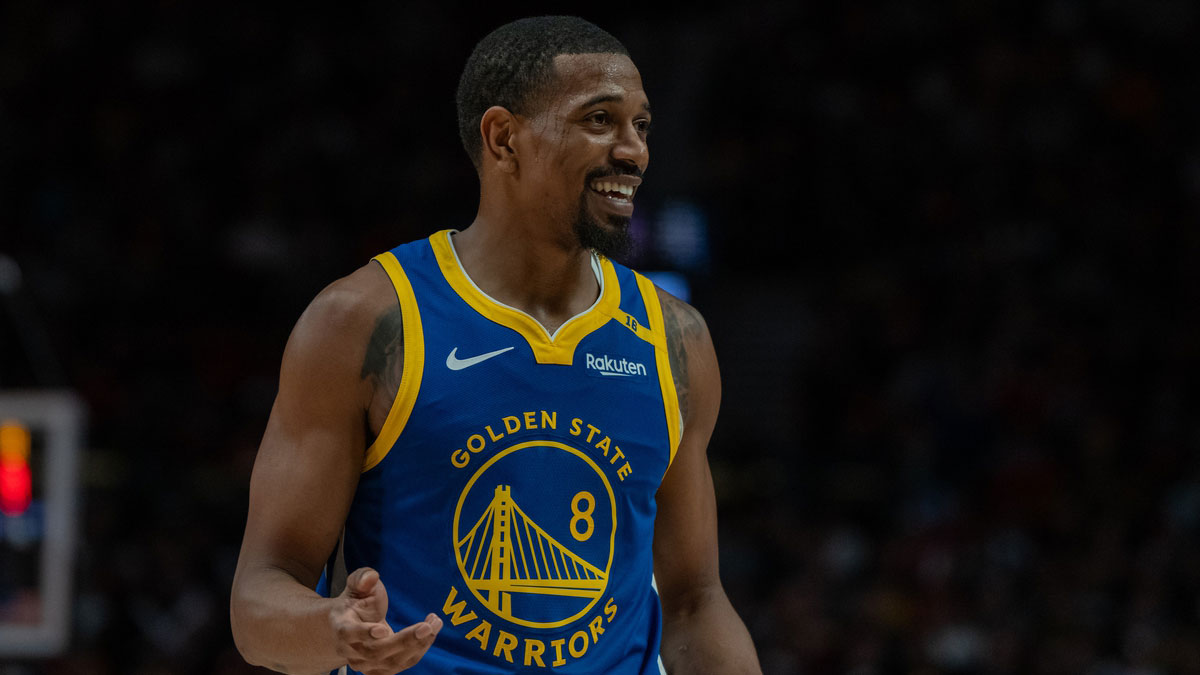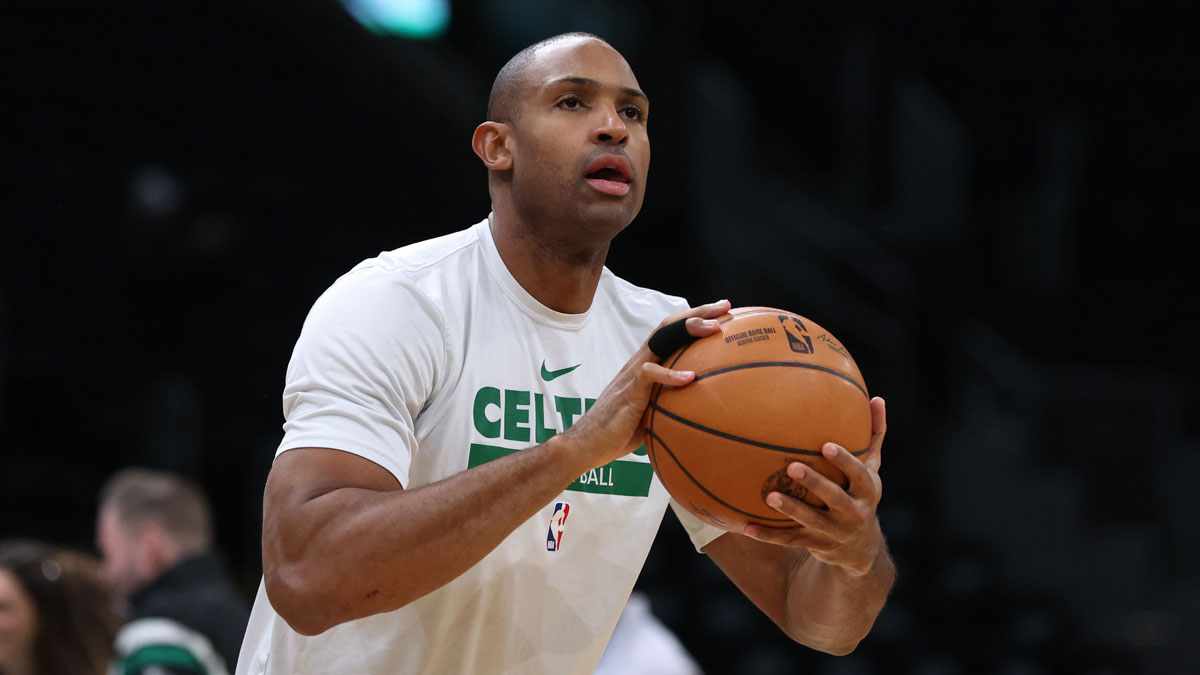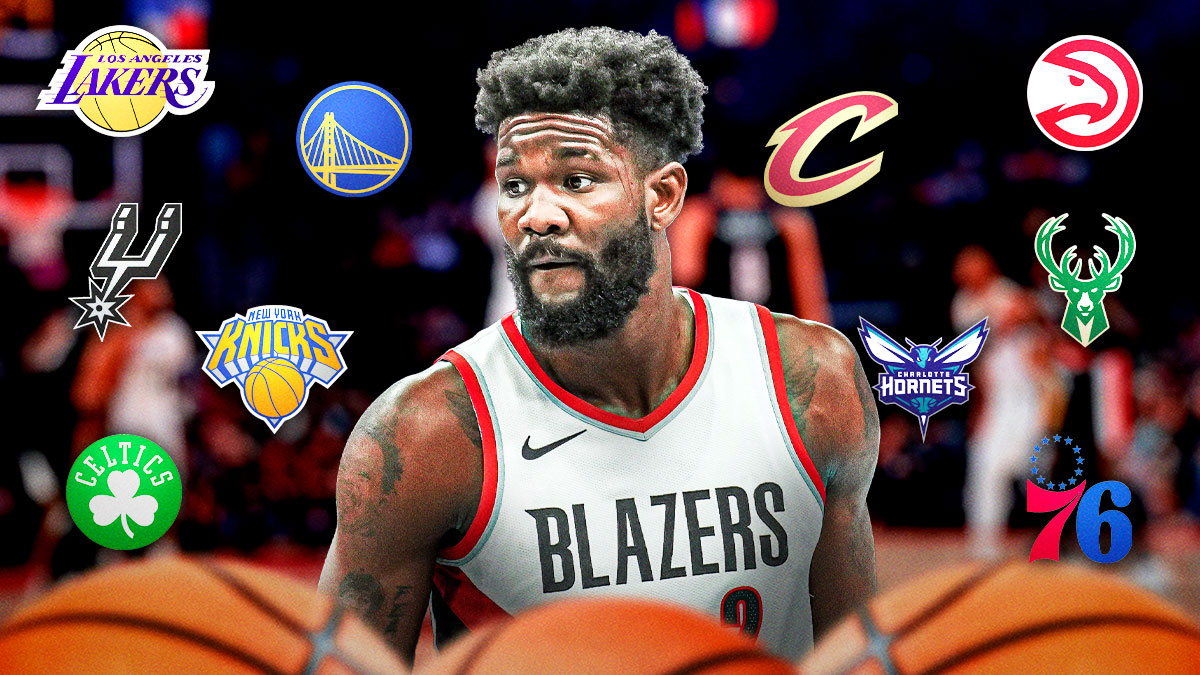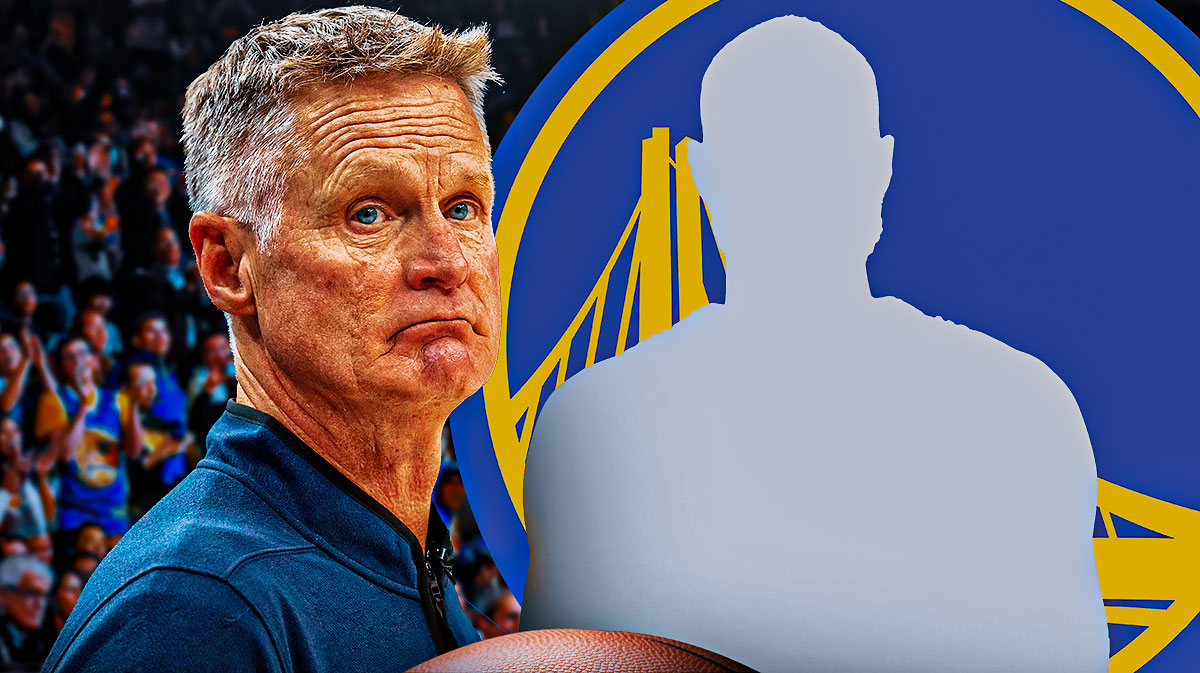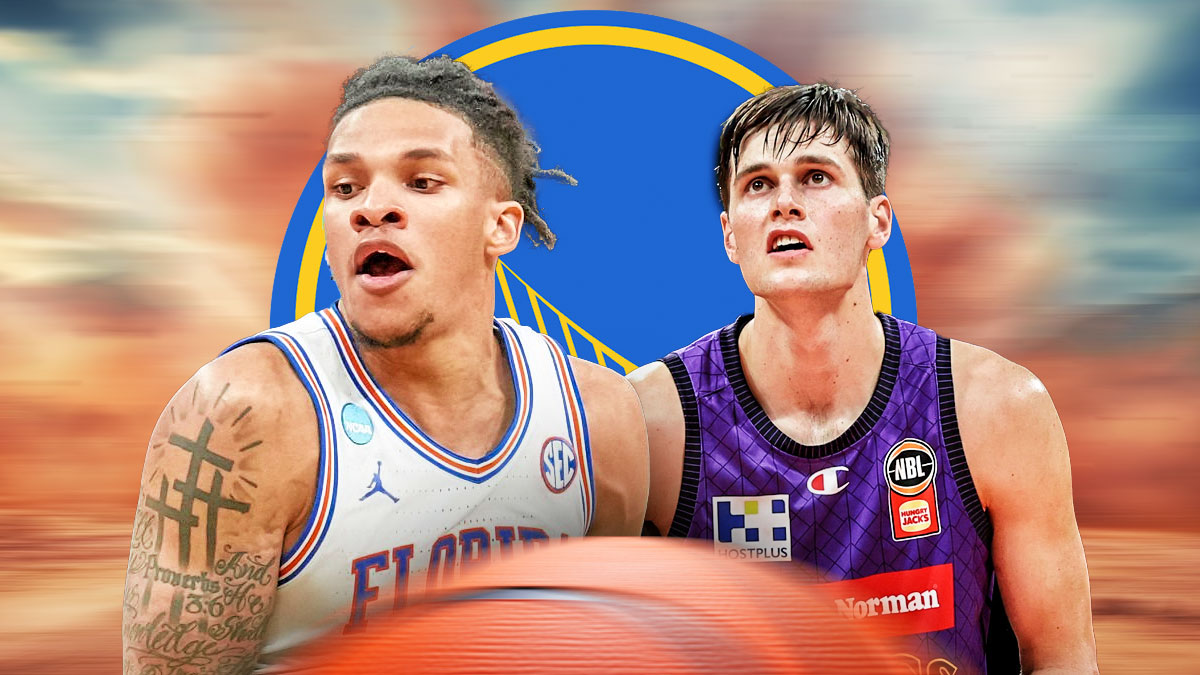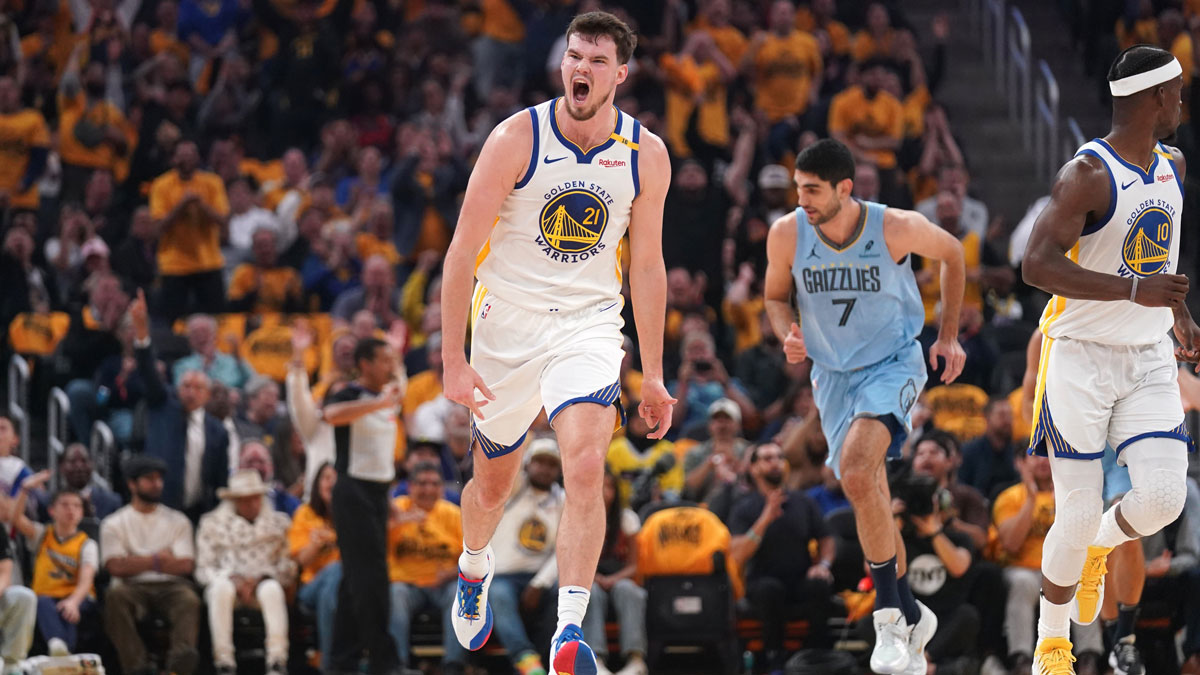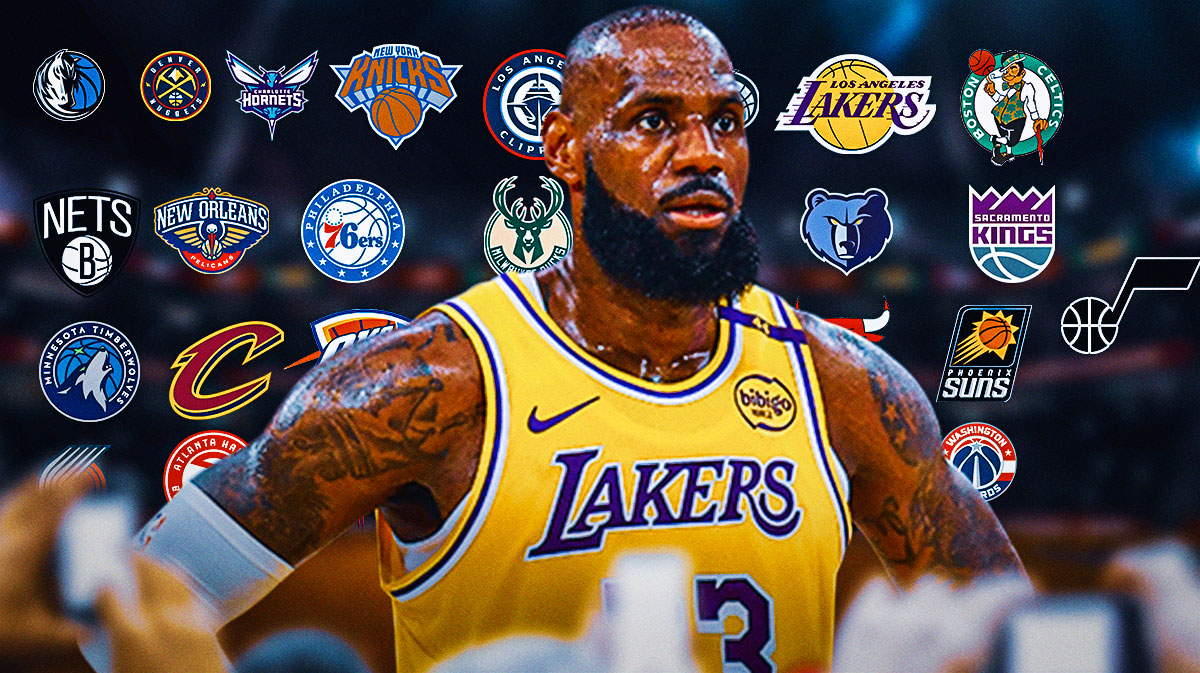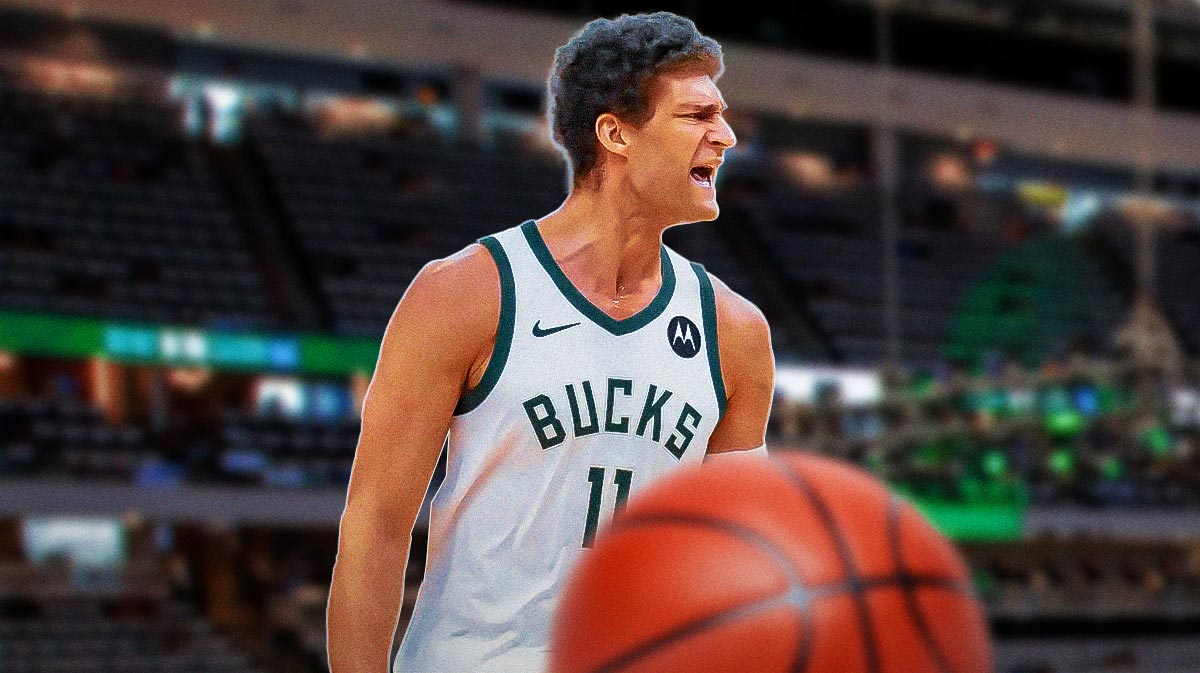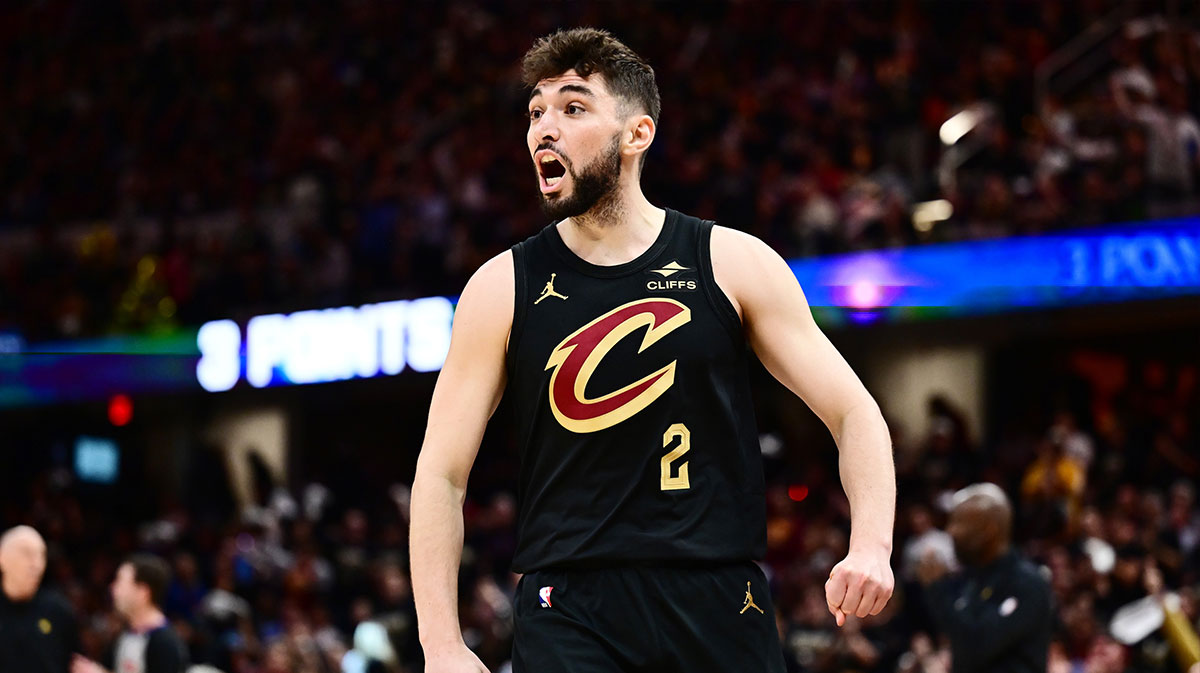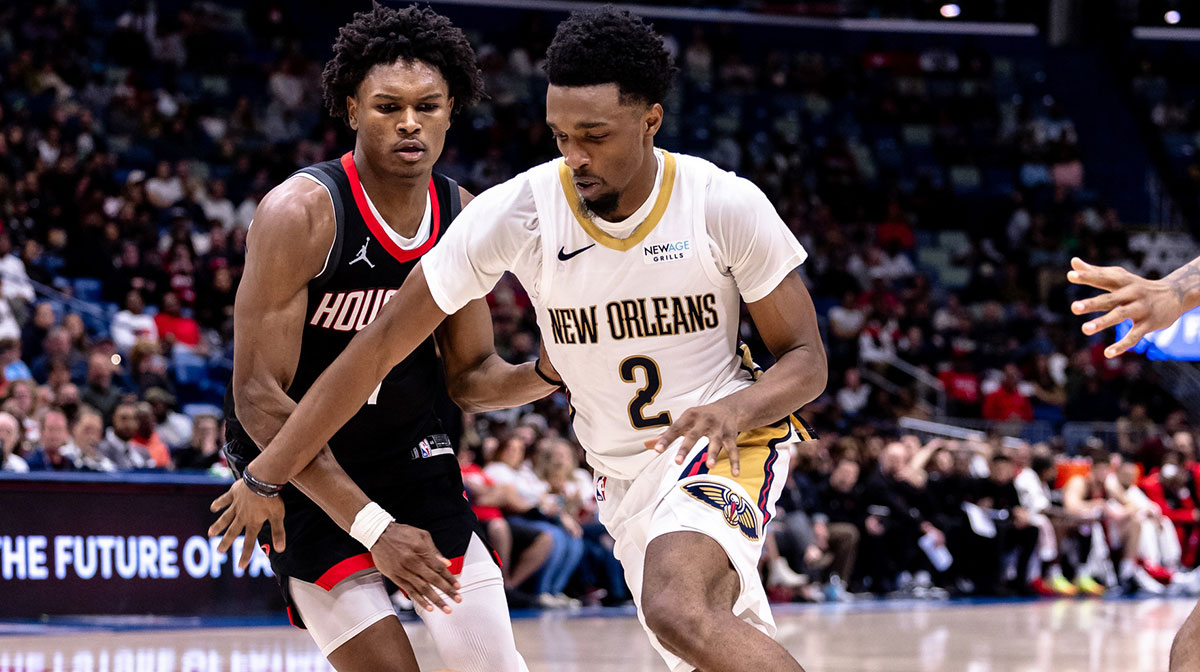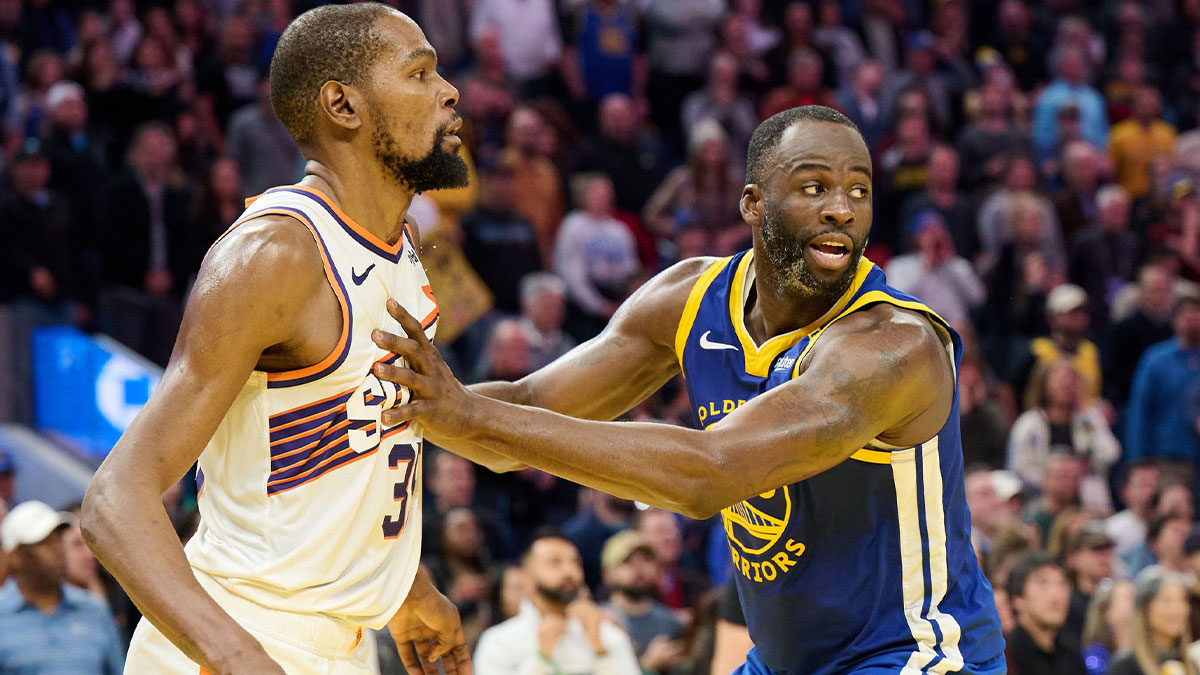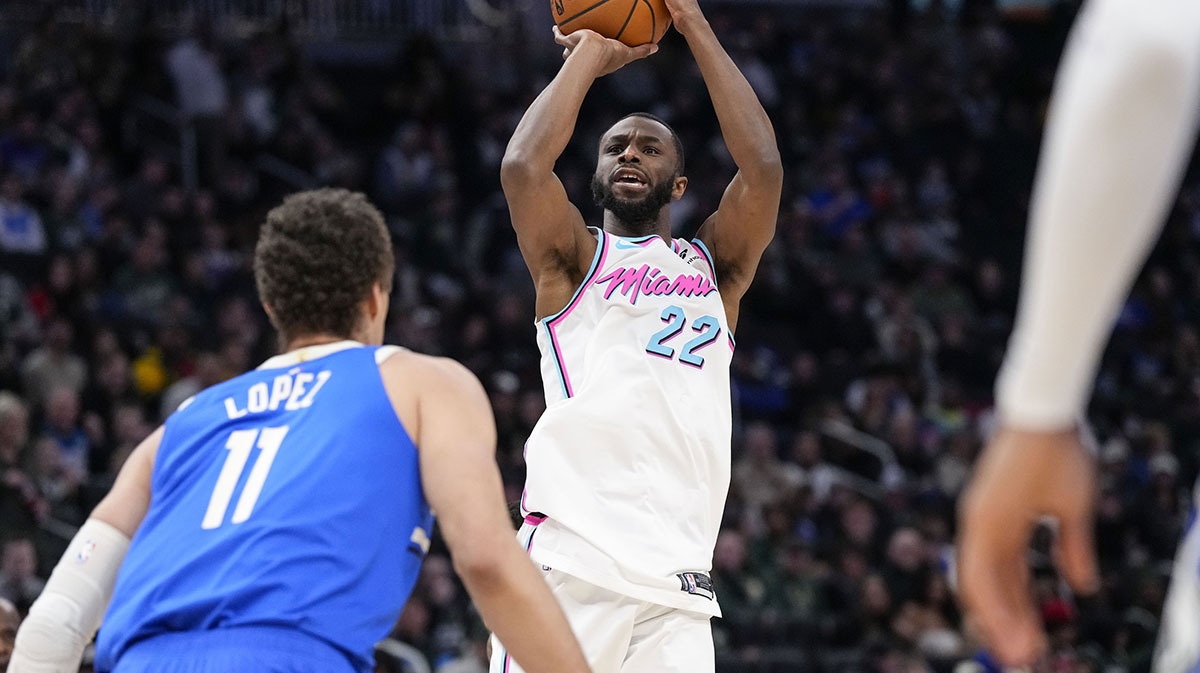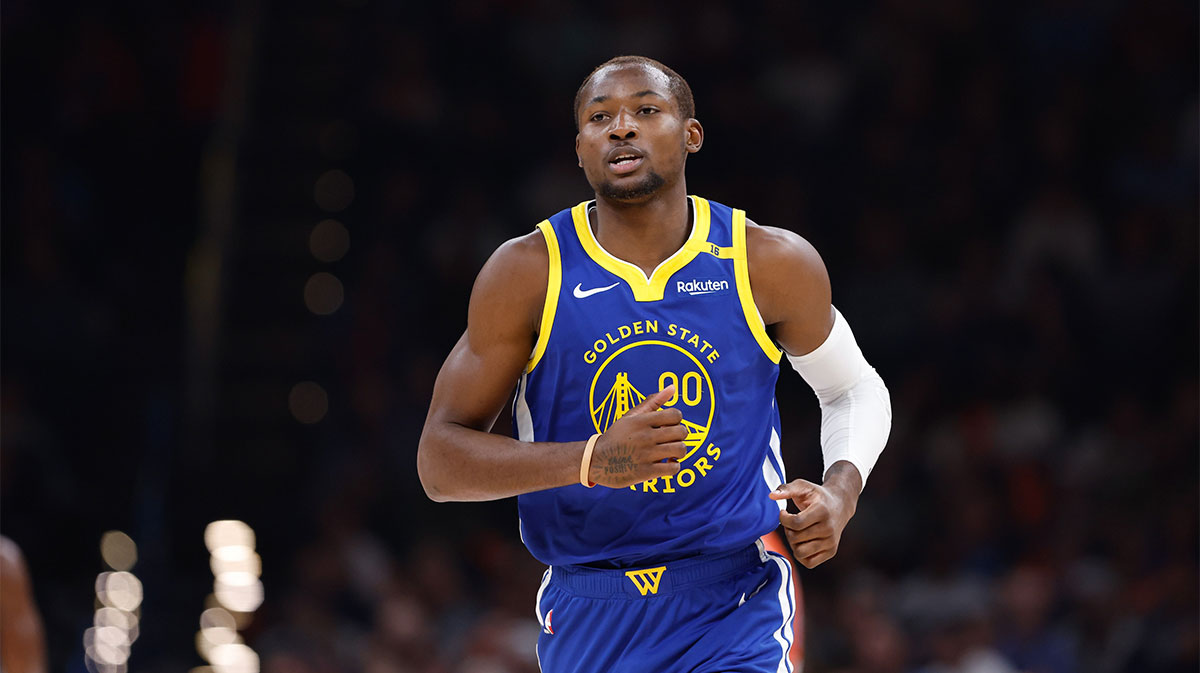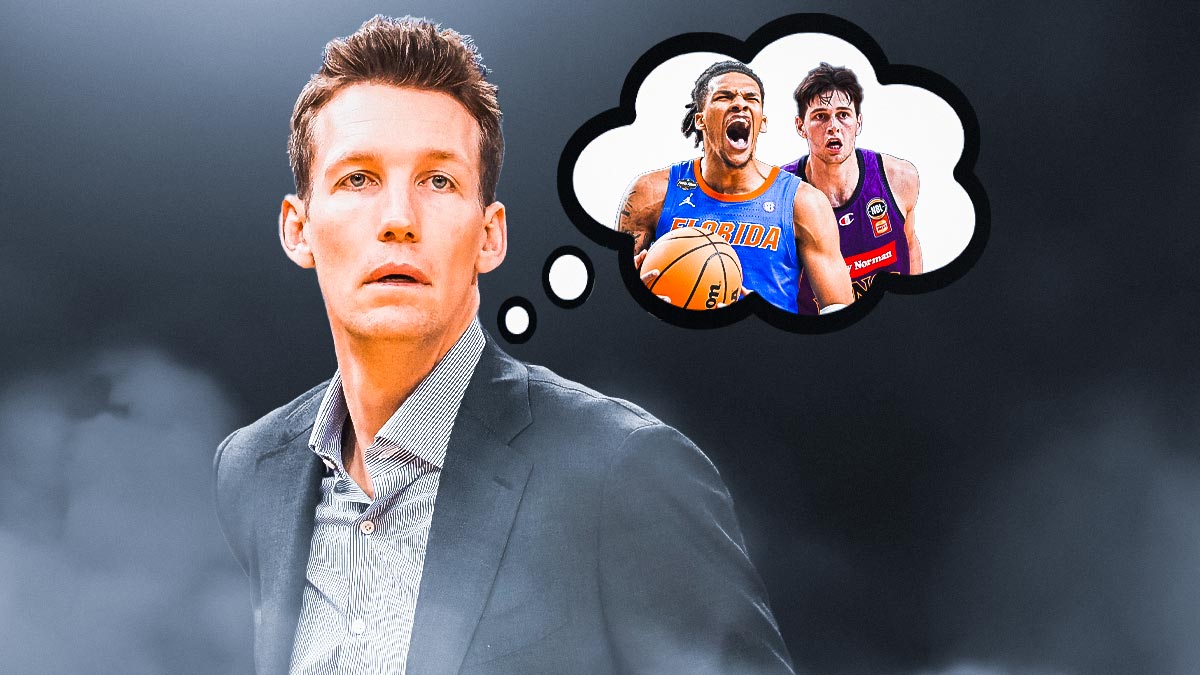The quarantine has regulated the sports we normally enjoy to a pause. So instead of gearing up for the NBA playoffs, we are forced to watch re-runs and rely on YouTube clips. While reliving the times of yesteryear, I have spent a lot of time watching the 2015-19 Golden State Warriors dynasty run. The pre-Kevin Durant and Durant era, that is.
And man, were they a treat.
The Warriors, of course, racked up three NBA titles in that era and featured a team that had five All-NBA players at once. In retrospect, this franchise changed basketball, shifted the NBA paradigm in building teams and made team basketball fun.
But how they moved forced many basketball fans to despise their ethos. They were unapologetic about their success and how they constructed their team. The Warriors wanted Durant, and guess what? They got him. They shifted through motion cuts and screens on offense while pummeling teams with threes. With their Death Lineup, they unleashed Draymond Green as a defensive menace.
During their reign, some understood their impact but many failed to grasp it. Many were uncomfortable with how the Warriors shifted the game. But with this article, the goal is for the Warriors to get all of their undue flowers.
Warriors Dynasty Origins

When the Warriors hired Steve Kerr, many were skeptical that a first-time coach could take a playoff team to new heights. The Warriors were fresh off back-to-back playoff births under the previous coach Mark Jackson. And Steph Curry and Klay Thompson were coming into their own. While the Warriors were becoming more established, the front office brass still felt uneasy and brought in Kerr.
The hiring of Kerr would trigger the shaping of an NBA that still feels the ripple effects.
The first season allowed for Curry and Thompson, but known as the Splash Brothers, to truly flourish in Kerr's new offense. Kerr's offense allowed for Curry and Thompson to shift the game in the half and full-court setting. In the half-court, Kerr's system promoted cuts, movements, screens and pin downs. On fastbreaks, they created mismatches while continuing to use the three-point shot to bury teams.
The goal was for Curry and Thompson to attack the defense from the outside-in. The Splash Brothers destroyed defenses from the three-point line, which parlayed opening the offense up for those cuts and penetrations. The Warriors used the three-point line as the necessity of their offense, not an accessory.
The Warrior's style of play was something that left the NBA scratching their heads. Using this assault, they parlayed it into an NBA Title in Kerr's first year in 2015. Curry would enjoy his first MVP season, as well.
But the next season their famed “Death Lineup” became their secret weapon. With the Splash Brothers, Green, Harrison Barnes and Andre Iguodala on the floor, the Warriors sacrificed height for speed and length. Barnes and Iggy were lengthy wings who could cover 94 feet defensively. On offense, they burned bigger forwards with their speed and three-point shooting. Green, however, terrorized opponents from 1-5 on defense, while doing the same on the offensive end. But Green's secret sauce began to be his playmaking ability.
Soon, teams realized that having a traditional lineup on the floor became passe. They needed guards who could keep up with the Splash Brothers and big men who could match the Warriors' offensive attack with perimeter shooting. And if they didn't have that, then they needed a Green-Esque player who could cover one-to-five while holding their own on offense.
Green became the prototype for the new NBA Swiss Army Knife. The Death Lineup challenged the NBA and its core values, and the Splash Brothers reinvented the offensive norm. While the 2016 Warriors enjoyed a 73-9 season and another Curry MVP season, they fell short infamously to the Cleveland Cavaliers in the NBA Finals.
Indeed, the Warriors tilted the NBA on its axis with its revolutionary style of basketball. NBA teams began to catch on that having big men on the court hindered them. Curry and Thompson were regularly matched up offensively with big men, and the big men were regularly scorched from the three-point line.
But the Cavaliers showcased what the Warriors didn't have: a player who could get a bucket with ease. Curry averaged 30 points per game that season. But he couldn't compare to the wizardry of Kevin Durant.
So the Warriors signed him.
This was the equivalent of former Ohio State coach Urban Meyer recruiting SEC-style players to the Big Ten. Or Nick Saban introducing the Run-Pass Option to his pro-style attack. To win at a consistent level, change is necessary.
The Warriors signing Durant on Independence Day 2016 further shifted the NBA world. They had the best offense and the best collection of talent in the league. At once, the team had four All-Star players. But they also had a player in Durant who fit their ethos of shooting and playmaking, while having superb individual skills as a basketball player. This allowed the Warriors to keep their system intact, while Durant gave them a change-of-pace on offense.
Arguably, the Durant-era of the Warriors could be seen as their most exciting. Durant's offensive explosions were easier to come by due to the talent on the floor. But it also showcased how brilliant of a basketball player he was. He could go one-on-one without the expectations to lift his teammates to higher ground.
But the Splash Brothers still held their own, rewriting the NBA record books one three at a time. Draymond continued to develop into a unique two-way player, becoming one of the best playmakers in the NBA. The Warriors' system was still lethal but now balanced with the best offensive scorer in Durant on the floor.
Of course, two more NBA titles came in 2017 and 2018. With the signing of Demarcus Cousins in the summer 2018, it appeared they were primed for more titles.
But there were signs that maybe the Warriors dynasty would be on its last rodeo. Questions would arise about how great were the Warriors with Durant. The Warriors were still the NBA's best team talent-wise. However, balancing the offensive system with Durant's iso-centric needs put the team in a fulcrum at times. And when Curry was out, the team became average. When Durant missed games, the team won games with no issue.
The Warriors-Durant experiment worked when it worked. But when it didn't, it created issues much to the media's delight.
But the show moved on, with the Warriors still ending 2019 with the best record in the Western Conference. The addition of Cousins gave the Warriors a new dimension on offense. Finally, a big man who can punish players in the paint. From all angles, Golden State had a complete team.
But of course, injuries to Thompson, Cousins, and Durant stopped the Warriors short of a fourth NBA title in five years. And a messy Durant exit signaled the fall of the Warriors dynasty… for now. But it feels that the Warriors never truly got their respect.
Yes, the Warriors' offensive attack changed basketball. Curry revolutionized it, as well, making and taking shots that appear ridiculous the norm. But that isn't their fault. It also isn't their fault Kerr unleashed Draymond as a two-way master and made Dray and Iggy the poster children for small ball.
And it isn't their fault Durant was attracted to their culture.
The Warriors shifted the NBA into better constructing their rosters-all to catch up to their talent. And now the NBA has as much balanced rosters as it could ever ask for.
Golden State deserves their flowers while they can smell them. Because on my end, the quarantine made me appreciate how special, and truly revolutionary they were to the NBA. The Warriors dynasty, if it is truly over, was heaven on Earth.

